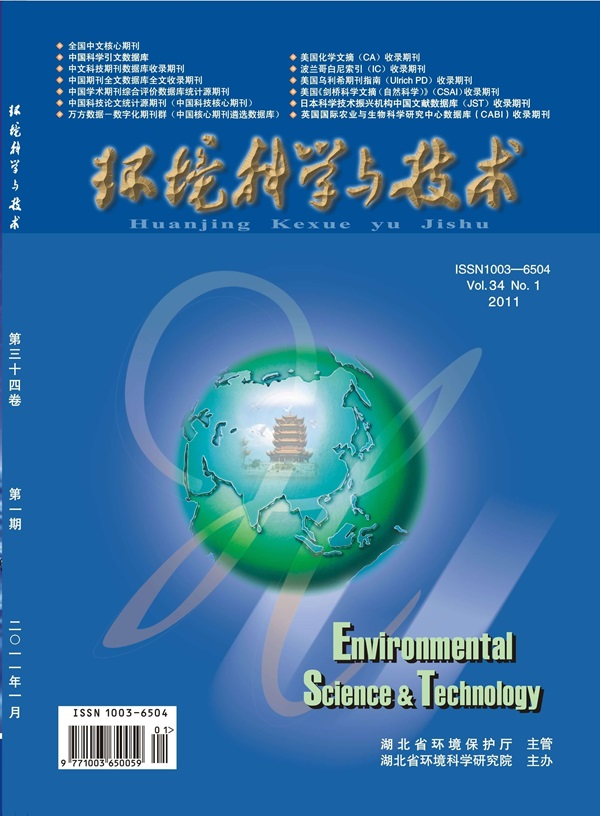Anaerobic Electrochemical Membrane Bioreactors Strengthen Steroid Estrogen Removal: The Pivotal Role of Planktonic Sludge.
IF 10.8
1区 环境科学与生态学
Q1 ENGINEERING, ENVIRONMENTAL
引用次数: 0
Abstract
Conventional anaerobic biological technologies face severe challenges in removing steroid estrogens (SEs) because of the absence of electron acceptors under anaerobic conditions. In this study, an electrochemical anaerobic membrane bioreactor (AneMBR) was developed to efficiently remove 17α-ethinylestradiol (EE2) in wastewater while recovering chemical energy as methane. The average EE2 removal efficiency reached 83.1% in AneMBR, attributed primarily to significantly enhanced biodegradation, which demonstrates the advantages of this technology. The degradation kinetics results showed an 83.6% increase in the EE2 biodegradation rate by planktonic sludge under a 0.8 V electric field, along with enhanced sorption capacity, microbial activity, and c-type cytochrome secretion. The electric field provides supplemental energy for microbial metabolism, strengthens the conversion of EE2 into estradiol and estrone, and further converts them to low-endocrine-disrupting small-molecule organic compounds. These results were further confirmed by the upregulation of the functional genes involved in EE2 metabolism. This study develops a promising technology for improving SE removal in anaerobic methane fermentation systems and elaborates on the significance and metabolic mechanisms of planktonic sludge in electrically strengthened biotreatment systems for SE removal.厌氧电化学膜生物反应器强化类固醇雌激素去除:浮游污泥的关键作用。
由于在厌氧条件下缺乏电子受体,传统厌氧生物技术在去除甾体雌激素(SEs)方面面临严峻挑战。本研究开发了一种电化学厌氧膜生物反应器(AneMBR),用于高效去除废水中的17α-炔雌醇(EE2),同时将化学能转化为甲烷。AneMBR的平均EE2去除率达到83.1%,主要是由于生物降解能力的显著增强,显示了该技术的优势。降解动力学结果表明,在0.8 V电场条件下,浮游污泥对EE2的生物降解率提高了83.6%,吸附能力、微生物活性和c型细胞色素的分泌均有所增强。电场为微生物代谢提供补充能量,加强EE2转化为雌二醇和雌酮,并进一步转化为低内分泌干扰的小分子有机化合物。参与EE2代谢的功能基因的上调进一步证实了这些结果。本研究为改善厌氧甲烷发酵系统中SE的去除开发了一种有前景的技术,并阐述了浮游污泥在电强化生物处理系统中去除SE的意义和代谢机制。
本文章由计算机程序翻译,如有差异,请以英文原文为准。
求助全文
约1分钟内获得全文
求助全文
来源期刊

环境科学与技术
环境科学-工程:环境
CiteScore
17.50
自引率
9.60%
发文量
12359
审稿时长
2.8 months
期刊介绍:
Environmental Science & Technology (ES&T) is a co-sponsored academic and technical magazine by the Hubei Provincial Environmental Protection Bureau and the Hubei Provincial Academy of Environmental Sciences.
Environmental Science & Technology (ES&T) holds the status of Chinese core journals, scientific papers source journals of China, Chinese Science Citation Database source journals, and Chinese Academic Journal Comprehensive Evaluation Database source journals. This publication focuses on the academic field of environmental protection, featuring articles related to environmental protection and technical advancements.
 求助内容:
求助内容: 应助结果提醒方式:
应助结果提醒方式:


